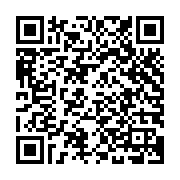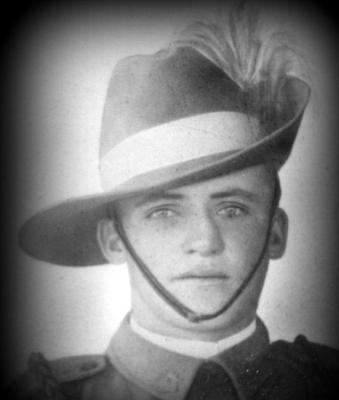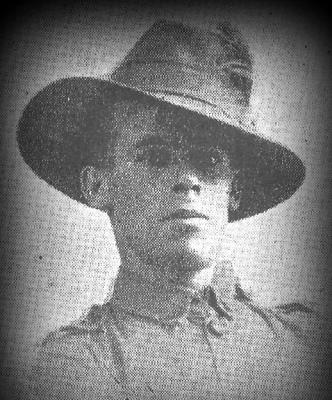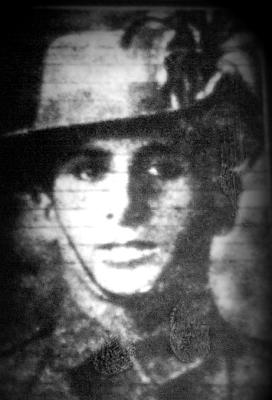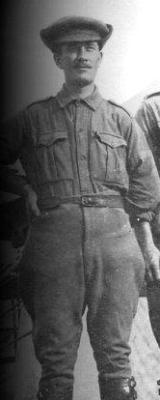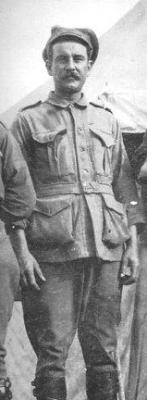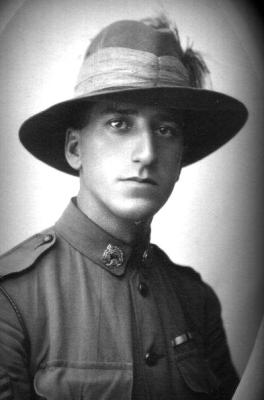Sword Bayonet, Pattern 1907 (Mark 1)
The Pattern 1907 bayonet, officially called the Sword bayonet, pattern 1907 (Mark I), is a British bayonet designed for use with the Short Magazine Lee Enfield (SMLE) rifle. The Pattern 1907 bayonet was used by the British and Commonwealth forces throughout both World War 1 and World War 2.
The Pattern 1907 bayonet consists of a one-piece steel blade and tang, with a cross guard and pommel made from wrought iron or mild steel, and a wooden grip usually of walnut secured to the tang by two screws. The entire bayonet is 550 mm long and weighs 470 grams, although the weight of production models can vary from 450 to 510 grams. The Pattern 1907 blade is 430 mm long. A shallow fuller 300 mm long was machined into both sides of the blade extending to within 76 mm of the tip,
Bayonets produced before 1913/15 feature a hooked lower quillion intended for trapping an enemy's bayonet and possibly disarming opponents when grappling. This was later deemed impractical and replaced with a simpler design from 1913/15. Often unit armourers subsequently removed the hooked quillion when the bayonet was sent for repair,
The Pattern 1907 bayonet was supplied with a simple leather scabbard fitted with a steel top-mount and chape, and usually carried from the belt by a simple frog. The Pattern 1907 bayonet attaches to the SMLE by a boss located below the barrel on the nose of the rifle and a mortise groove on the pommel of the bayonet.
The combined length of the SMLE and Pattern 1907 bayonet is 1.57 m.
When the British military adopted the Short Magazine Lee-Enfield rifle, its barrel was shortened to 640 mm),130 mm shorter than the preceding Magazine Lee-Enfield. There were fears that the British infantry would be at a disadvantage when engaged in a bayonet duel with enemy soldiers who retained a longer reach. Bayonet fighting drills formed a significant part of a contemporary British infantryman’s training. The combined length of the SMLE and the in-service Pattern 1903 bayonet, which had a 300 mm blade, was 1.45 m. This reach was shorter than the contemporary French Lebel Model 1886 at 1.8 m and the German Mauser 1898 at 1.77 m.
In 1906–7 the British Army conducted trials to find a new longer standard issue bayonet. Experiments were conducted with a number of foreign bayonet designs, including a modified version of the other and the Japanese Type 30 bayonet. The trials resulted in the British Army adopting its own version of the Type 30 bayonet. The new design was designated Sword bayonet, pattern 1907 (Mark I) and was officially introduced on 30 January 1908
Details
Details
Official marks were stamped onto the Pattern 1907 bayonet's ricasso. On British manufactured bayonets the right side includes an 'X' bend-test mark, a broad arrow government acceptance mark, and one or more Royal Small Arms Factory appointed inspector's marks, on the left side is the date of the bayonet's official inspection and the maker's name and the reigning monarch's crown and royal cypher, "ER" (Edward Rex) or after 1910 "GR" (Georgius Rex), Australian bayonets bear the manufacturer's marks of 'Lithgow' (Lithgow Small Arms Factory), 'MA' (Mangrovite Arsenal) and 'OA' (Orange Arsenal). The wooden grips of World War II–era Australian bayonets were often marked 'SLAZ' for Slazenger, who made the grips during that war.
At the Army Museum of WA, there are numerous examples of the 1907 pattern bayonet on display. Most often this is in association with the Short Magazine Lee Enfield (SMLE) rifle. Examples of the 1907 pattern bayonet are also found within the trophy of arms on display. All firearms on display within the Museum are rendered innocuous and cannot be fired. All edged weapons, including bayonets, knives and swords in the collection of the Australian Army Museum of Western Australia are physically secured within locked display cases.
Australian Army Museum of Western Australia
Australian Army Museum of Western Australia
More items like this
Other items from Australian Army Museum of Western Australia
- Australian L1A2 Bayonet
- Scale Model - Railway Operating Division 2-8-0 Locomotive
- World War 1, Australia, Western Australia, 192 WALTON, 10 Light Horse
- World War 1, Australia, Western Australia, 191 RUTHERFORD, 10 Light Horse
- World War 1, Australia, Western Australia, 189 PARSONS, 10 Light Horse
- World War 1, Australia, Western Australia, 187 GREENAWAY, 10 Light Horse
- World War 1, Australia, Western Australia, 185 LYALL, 10 Light Horse
- World War 1, Australia, Western Australia, 184 TREE, 10 Light Horse
- World War 1, Australia, Western Australia, 182 McPHEE, 10 Light Horse
- World War 1, Australia, Western Australia, 181 BEARMAN, 10 Light Horse
- World War 1, Australia, Western Australia, 180 BURTON, 10 Light Horse
- World War 1, Australia, Western Australia, Katanning, 179 AINSWORTH, 10 Light Horse

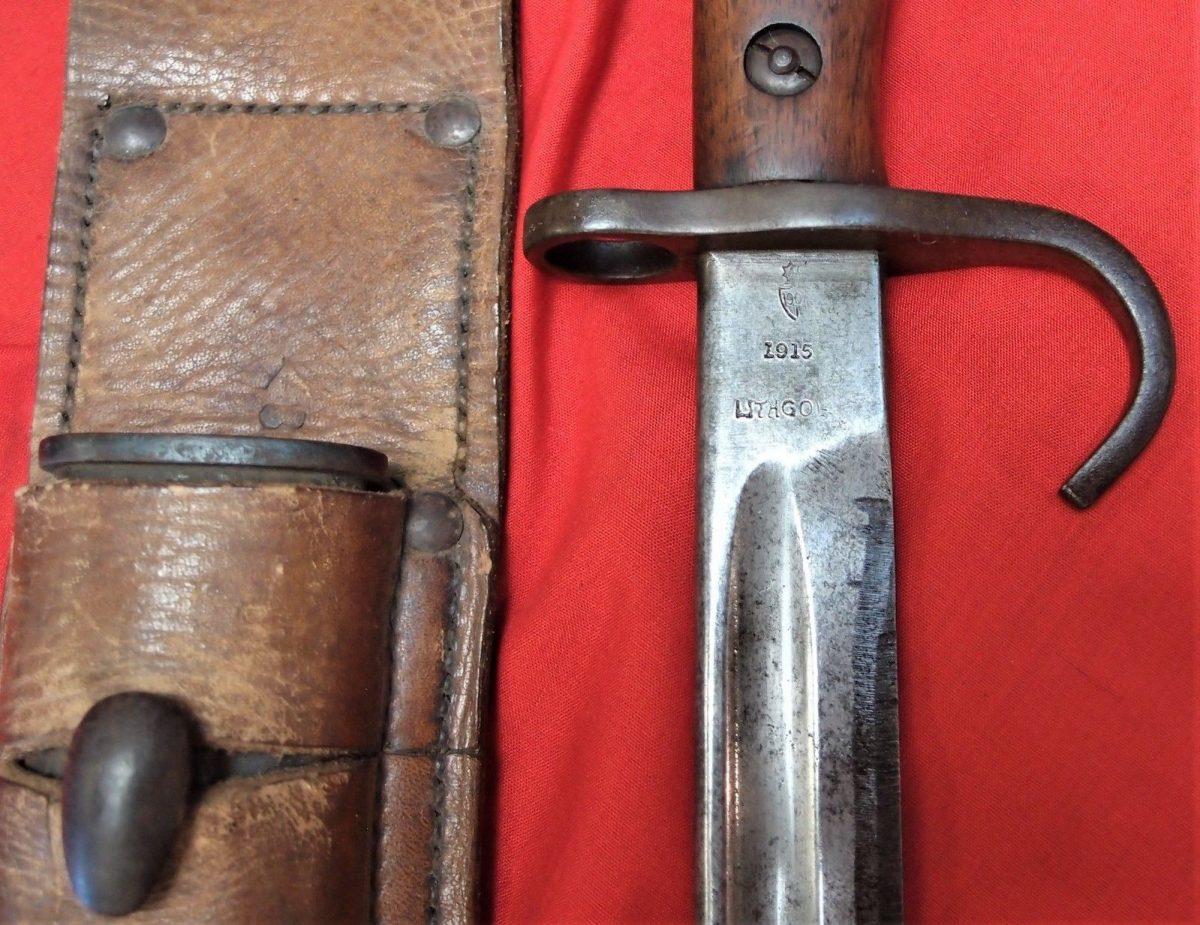



Scan this QR code to open this page on your phone ->
